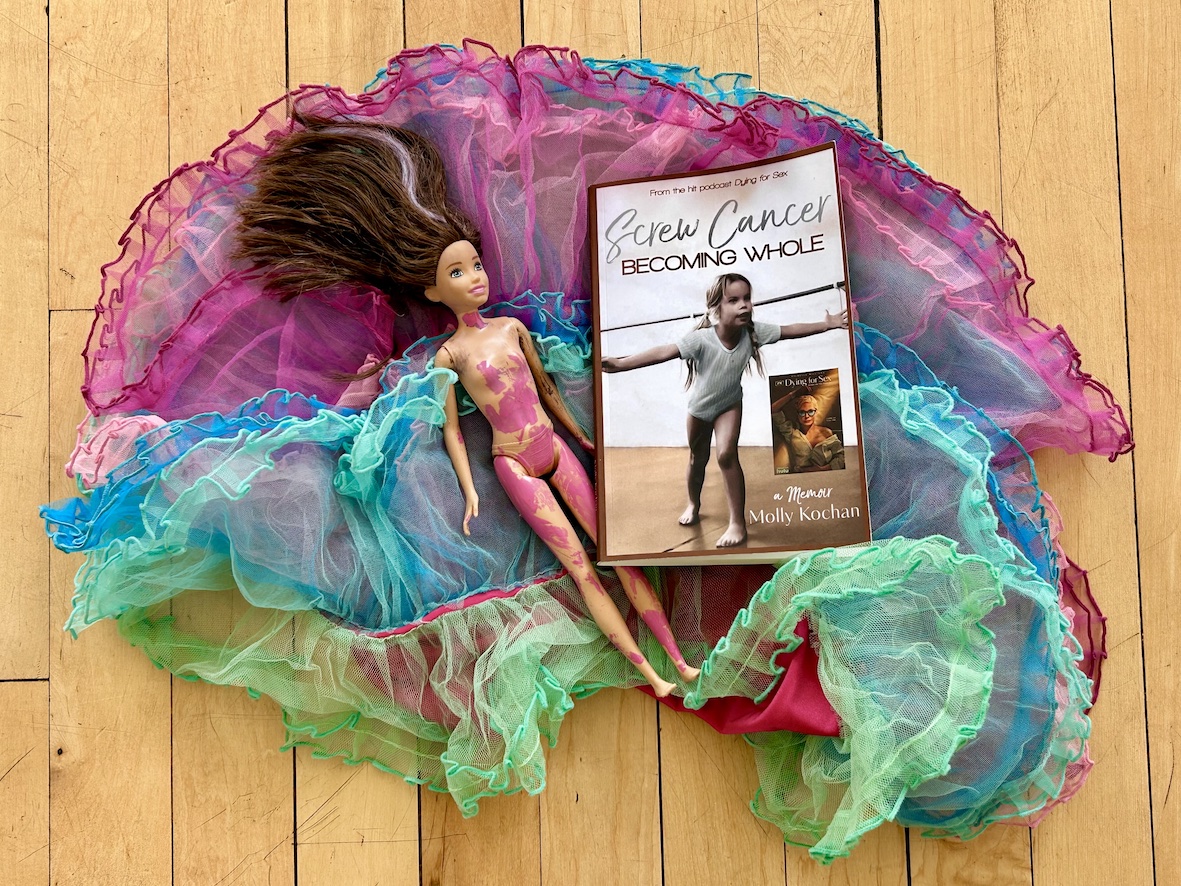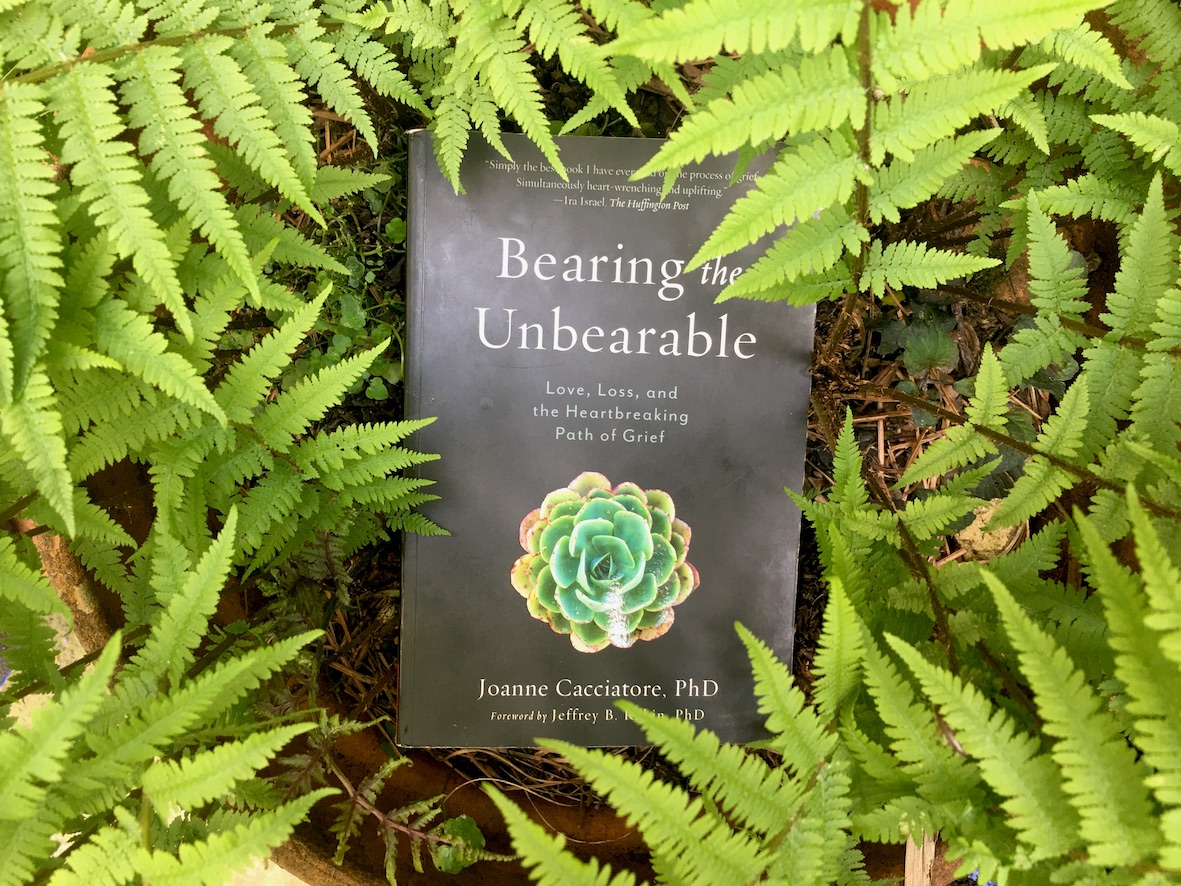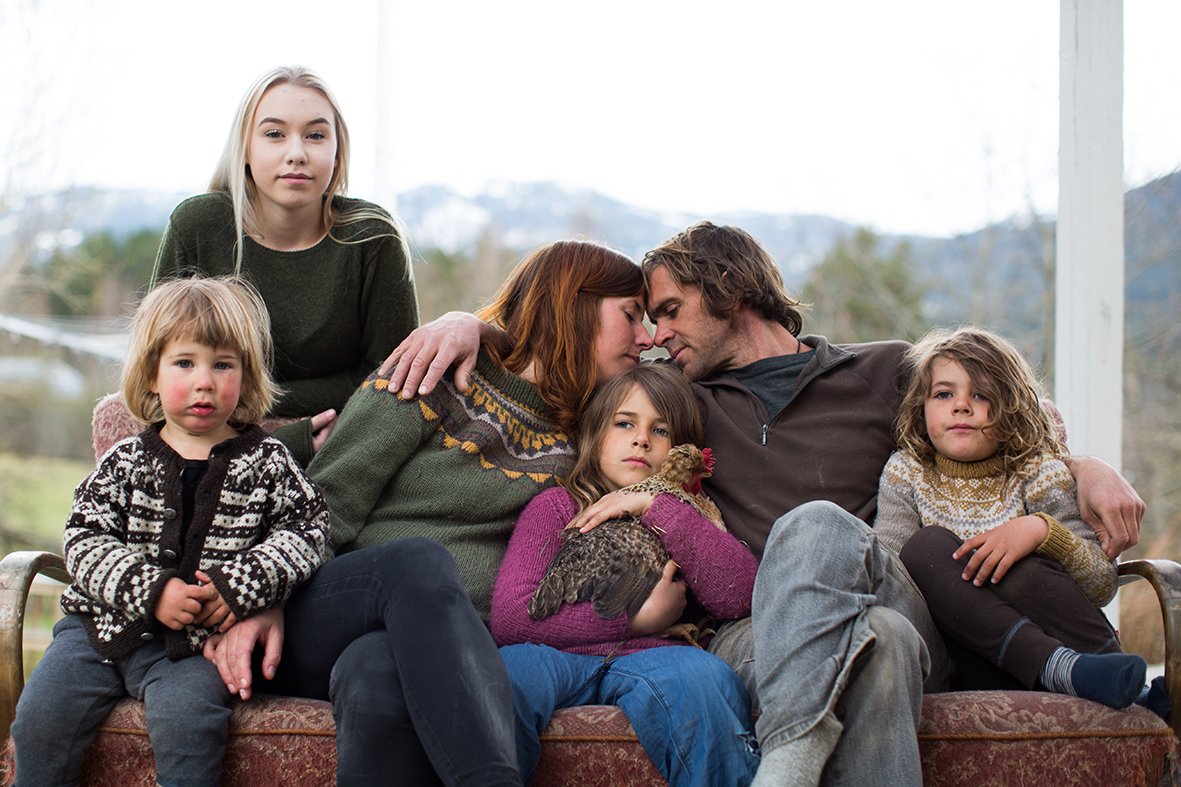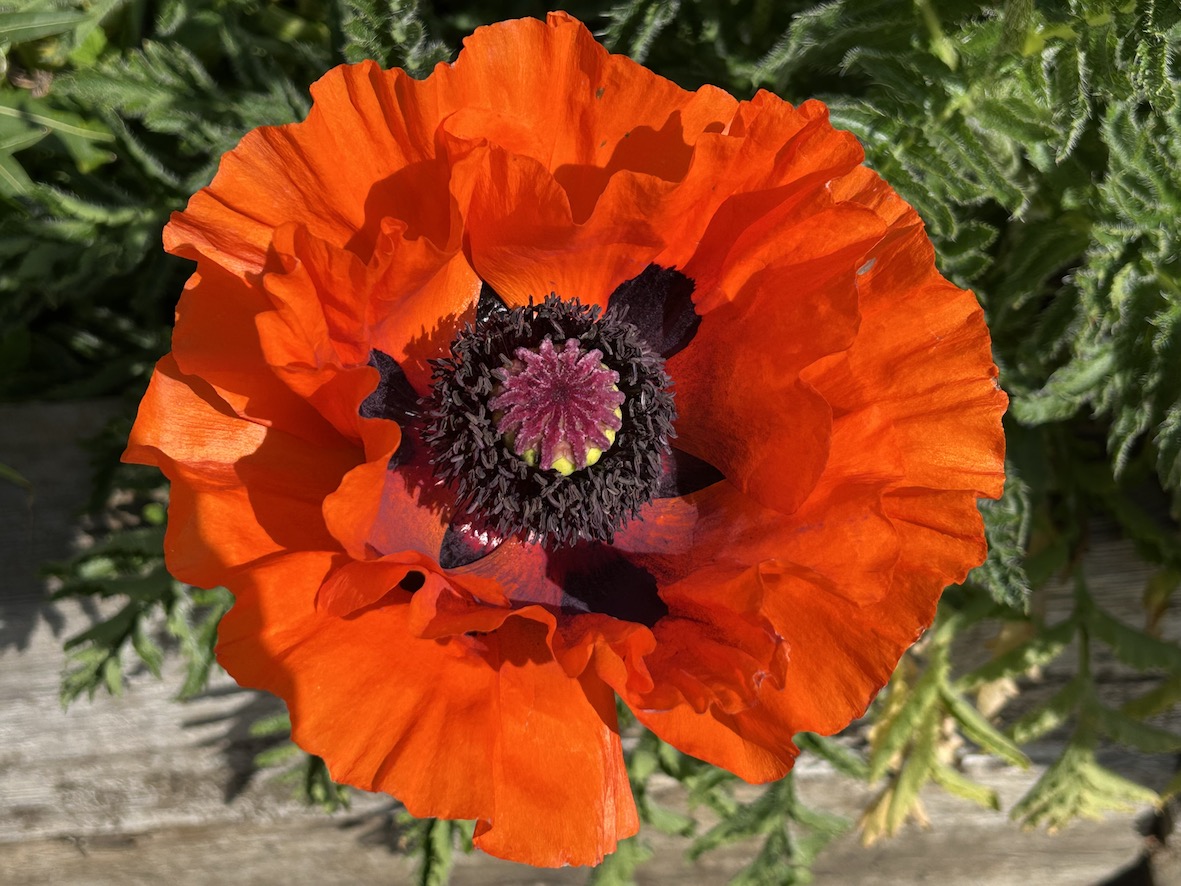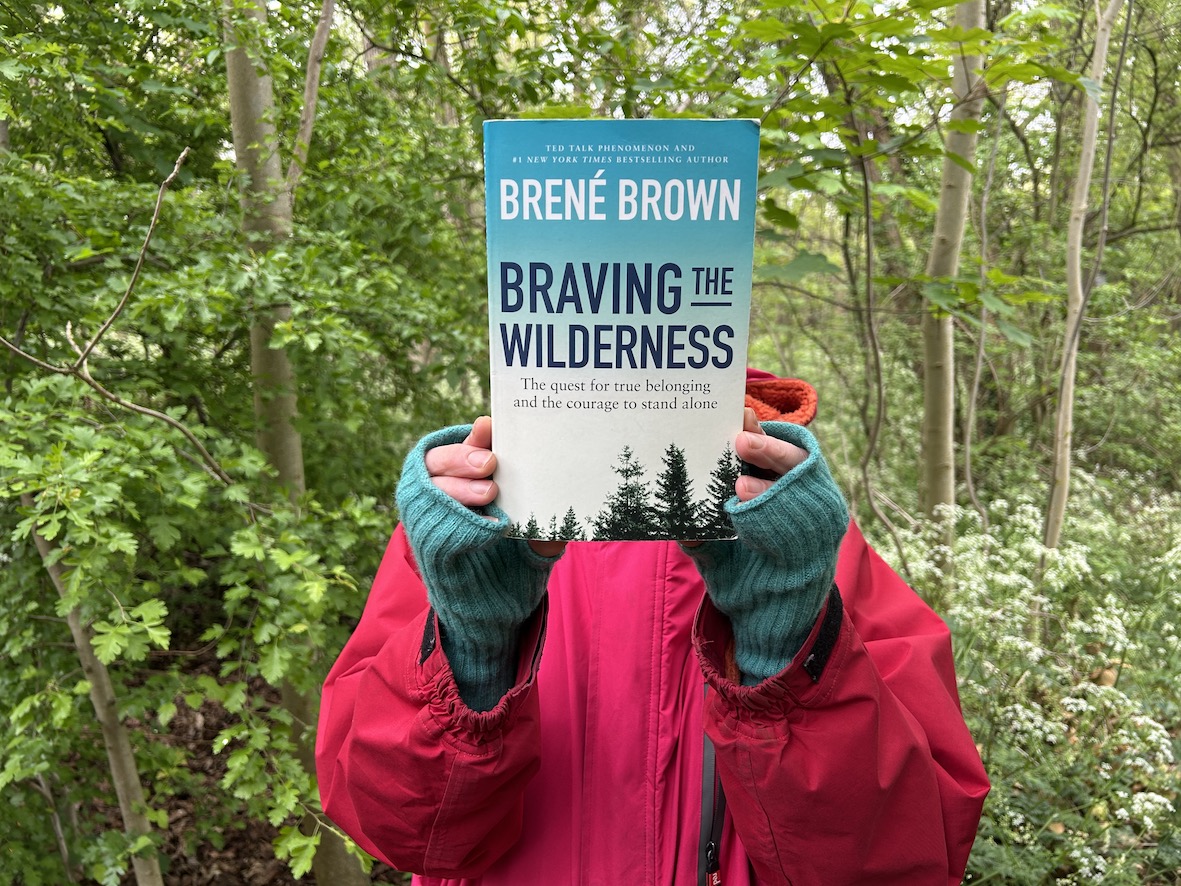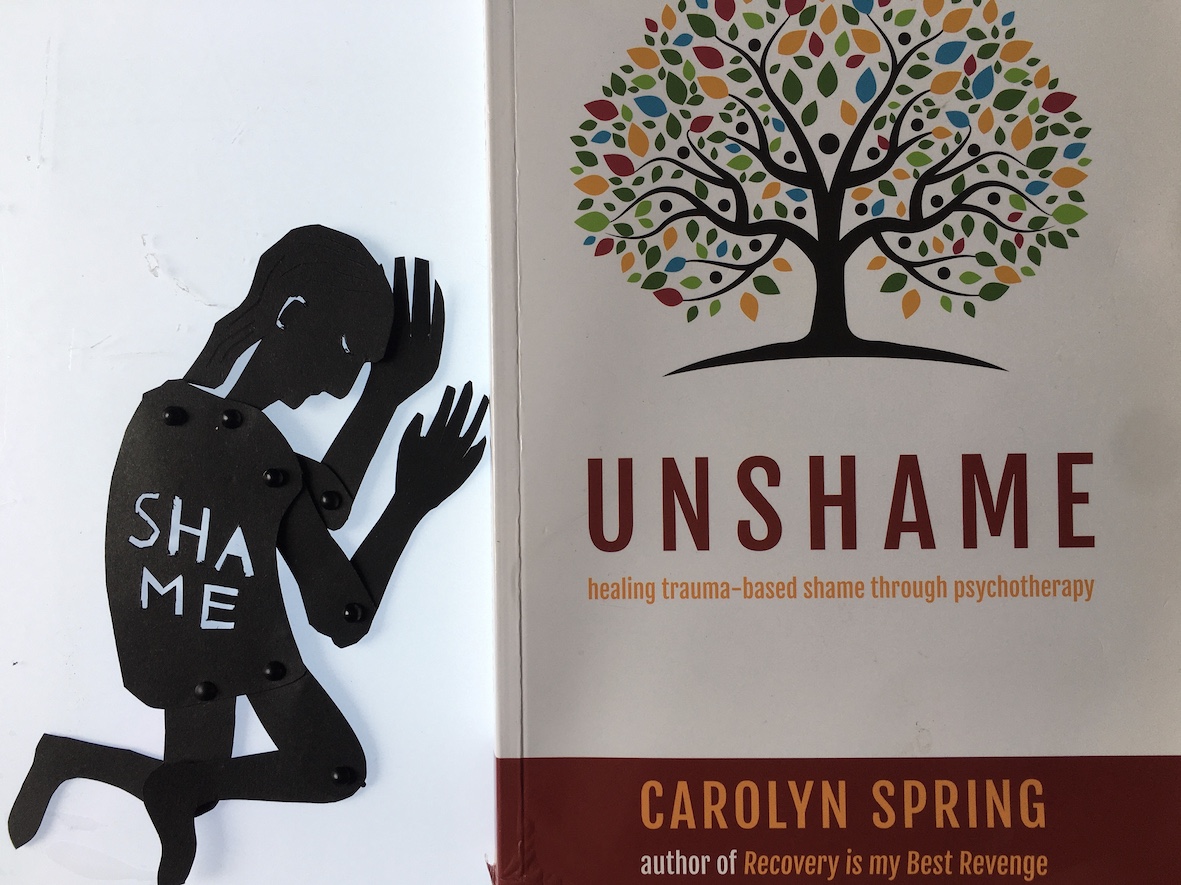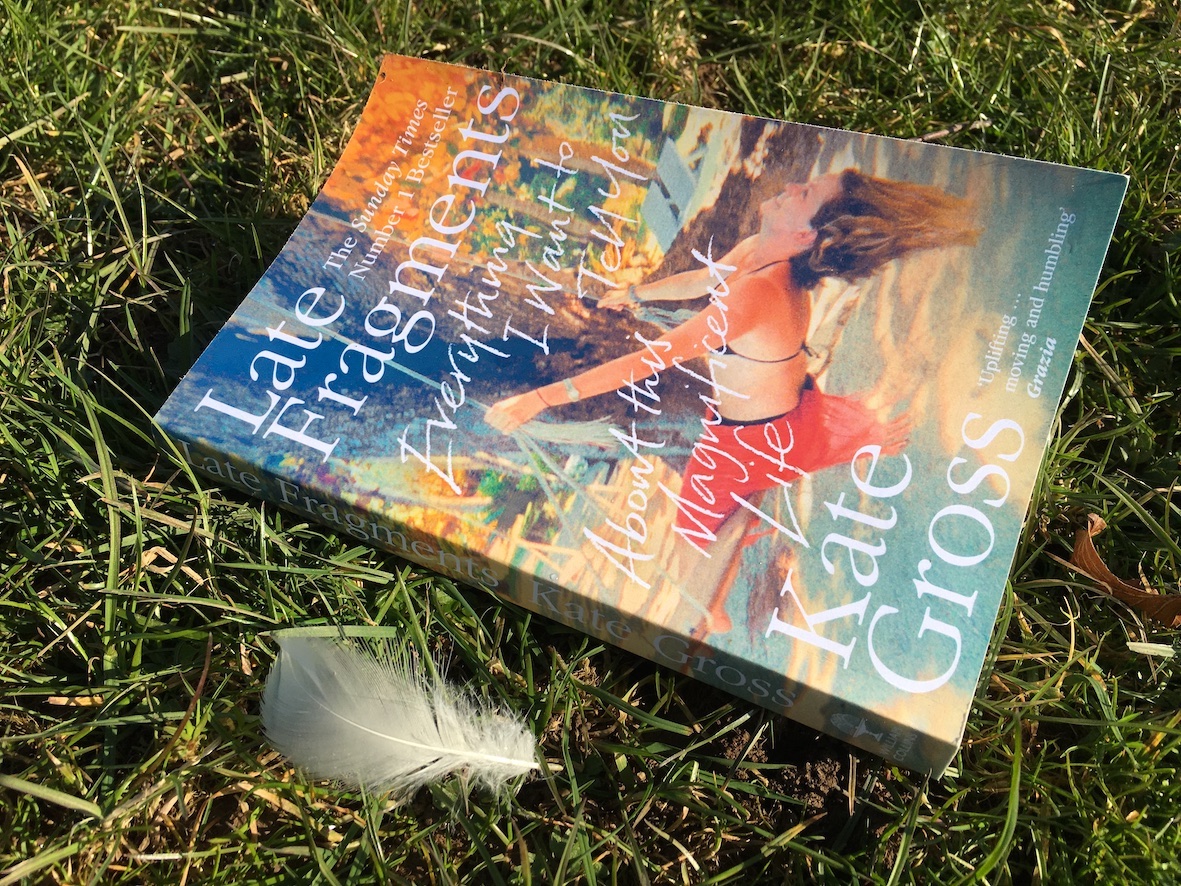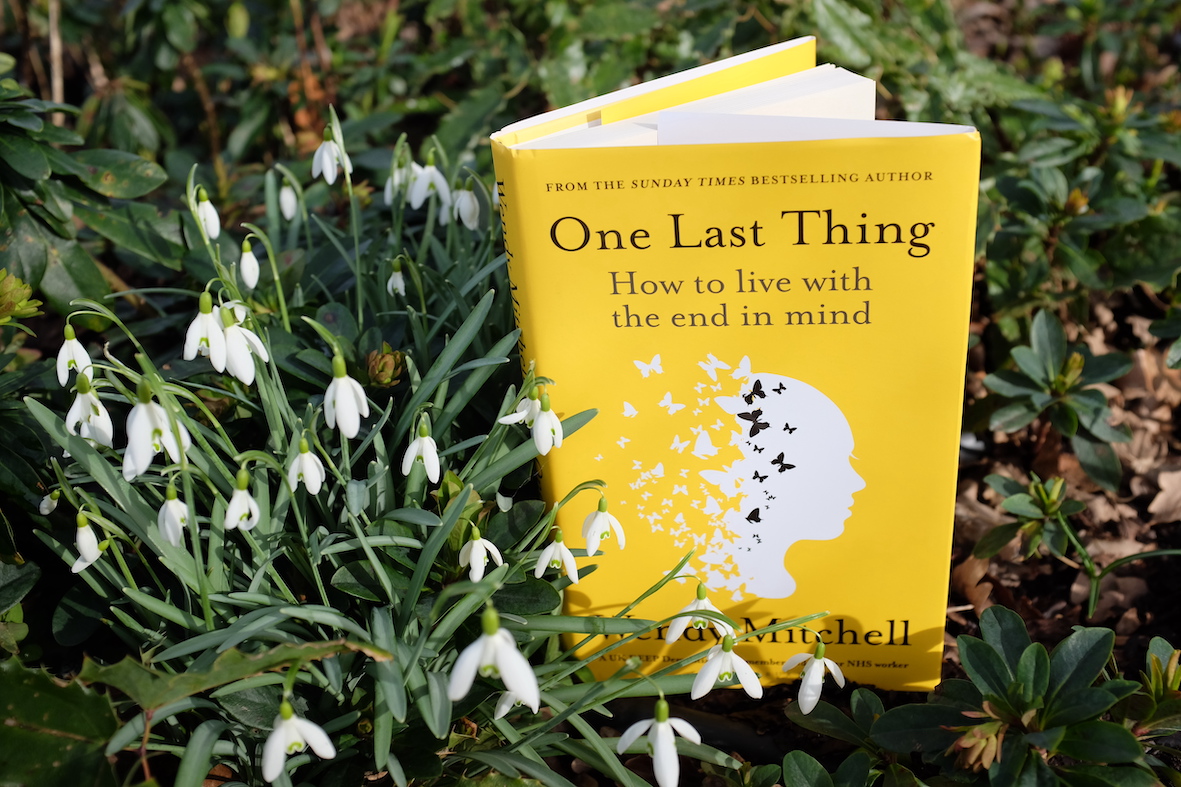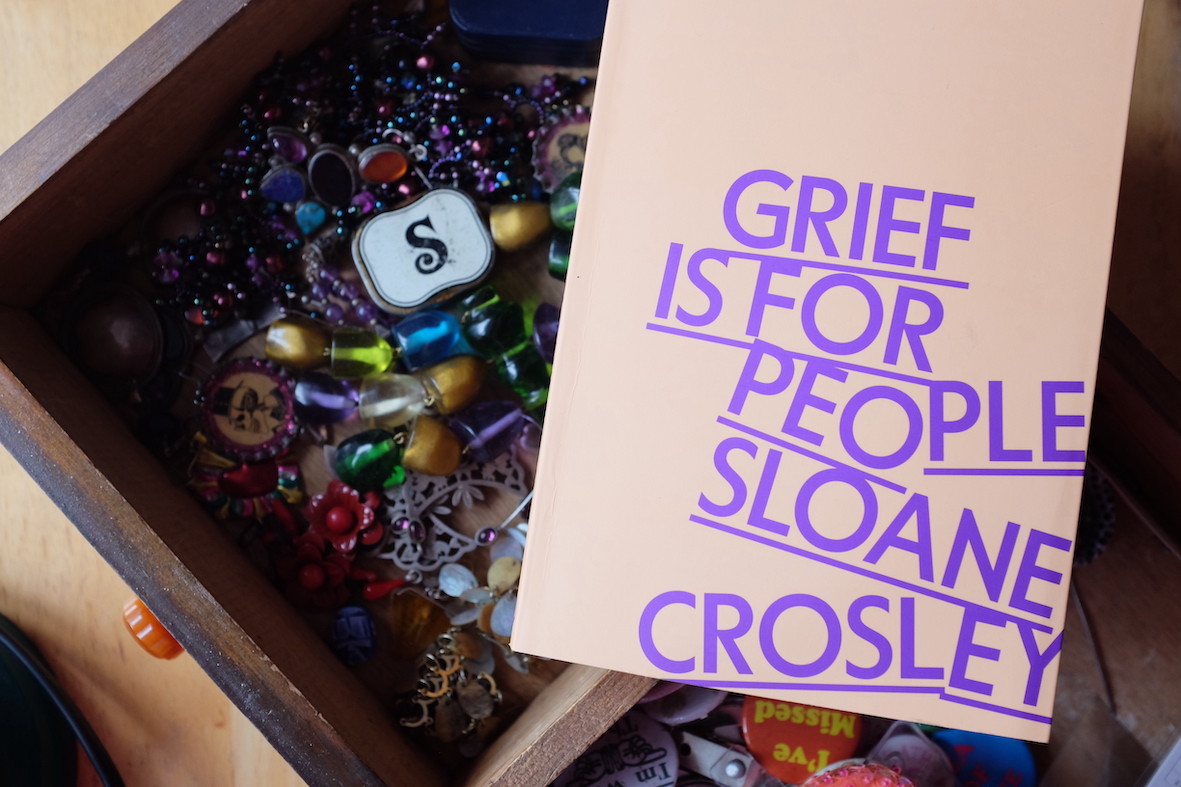Posted at 20:47h
in
Articles
by admin
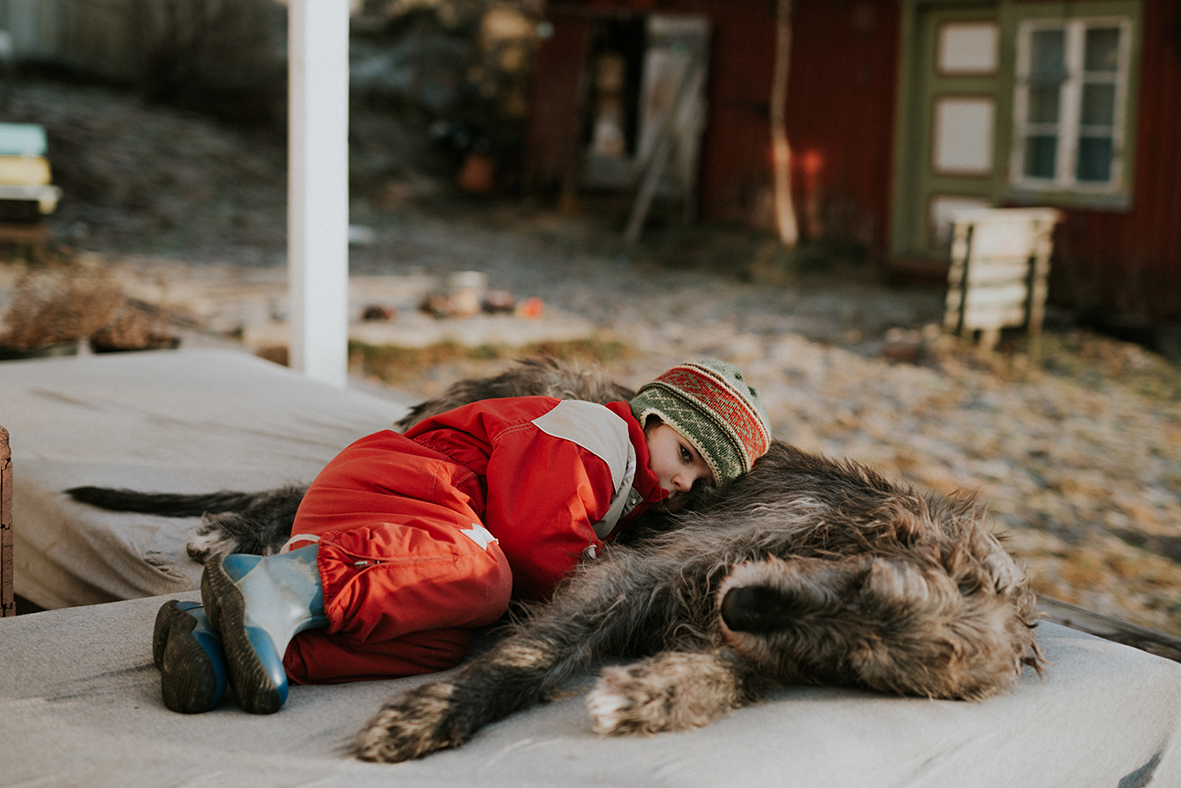
The Wilderness of Grief
‘A New Kind of Wilderness’ is a moving portrayal of a family navigating love, loss and belonging. The film captures how grief shows up in many forms. We see the family’s struggles to navigate change. It is unusual to see the intimacy of grief revealed, as it often remains private, and undocumented. Over time, we discover how the family meets the challenges, through the beautifully captured micro details of their relationships with each other and the world around them. This documentary film may resonate with different experiences of the wilderness of grief for its audience.
Loss of Hopes and Dreams
In everyday life, grief manifests as a range of natural emotional responses to many kinds of loss, change and absence. This includes bereavement, as well as other forms of separation, longing or change.
One of the ways in which grief plays out in ‘A New Kind of Wilderness’ is in the loss of hopes and dreams. We see multiple elements of grief in the film, as one impact sparks an unravelling of layers. Nik and Maria have chosen to create a sustainable lifestyle, home-schooling the 3 younger children, but the future they have imagined together crumbles.
Secondary Losses
When grief impacts us with one loss, separation or tragedy, there may also be other associated losses, endings or changes. Some of these ‘secondary losses’ or consequences may dramatically affect the life of someone who is already grieving. The death of a loved one for example, may start a whole connecting set of losses like dominoes falling. This may cause a bewildering and devastating impact on all those involved.
Our Existing Emotional Landscape
Each person’s grief is unique. When something happens in our life, like the death of someone close to us, it doesn’t arrive in a neutral environment. It lands in our existing emotional landscape. What impacts have come before, may define how this new event adds to our current grief load. Are there unresolved issues, previous losses, absences, childhood traumas, minority stresses, or other pressures that might affect how we deal with what is happening in the present? There isn’t usually a neat and easy pathway to follow, but we may turn away from the feelings; and then when we have capacity, move to face into grief.
Additional Factors to Grieving
If we are well supported, and resilient enough to experience the emotional storm, we may be able in time to grow through grief. When the death of a loved one happens, there are many factors that will affect our ability to cope. What was our relationship like? Did we have time to prepare for their end-of-life? Were the circumstances traumatic? Are we accepted by their friends and relatives? Are we separated from home? How resourced are we?
Finding Enough Support
In order to meet the challenges of grief, we need enough support, and resources to manage our circumstances. A supportive community around us in the wake of loss, is really helpful. Feeling a sense of belonging and shared values may enable us to feel held by family or community. If this is not available, it may be yet another reason to grieve. There are ways that the family in ‘A New Kind of Wilderness’ are making ‘alternative’ choices. Belonging becomes an important longing, as each person learns to adapt to new circumstances.
When we are grieving in a grief-averse culture, it can really amplify the sense of being an outsider. Whether there are people around us who are ‘grief literate’ and willing to listen without judgement or fear matters. We also need people to help with practical jobs that are beyond our capacity. It is important to be able to reach out to ask for and receive the support that may be available to us.
Simple practices that help us to take care of ourselves are essential. In the wake of loss, juggling the needs of everyone at home, and having space to be with grief may be complex. As a parent in a grieving family, it can be difficult to find what supports you, as well as helping children to adapt and grieve at the same time.
Grieving Style
Our grieving style is one of the things that will affect our ability to grieve well. Our personality, history, socialisation, cultural norms and even our neurobiology will make a difference in how we experience feelings and express grief. When things are too much to bear, we may find ourselves overwhelmed or numb. We may feel a confusing mix of anxiety, rage, despair, guilt, and deep sorrow. There may be relief, gratitude and love present too. These are all normal responses to life’s challenges.
There are many ways to allow the natural expression of grief – whether quiet or loud. If we can find kindness, without judgement, (from ourselves or others) it can ease our journey through the wilderness of grief. Shame is also often present where others are suggesting that it’s time ‘to move on’. Grief doesn’t have a sell-by date. Space to be with our own grieving process, for as long as it takes, is a more useful frame. We don’t ‘heal’, but may in time, be able to grow our life around the grief.
Rituals to Manage Change
Rituals can help us to manage change. In ‘A New Kind of Wilderness’ we see the family create some of their own rituals to mark the passing of time, to remember and to honour what is important. You may have an existing belief system with a known set of practices around rites of passage. For those without a particular faith, choosing what to do and how to mark significant moments may be more unknown. There are many possibilities available to the ‘spiritual but not religious.’ There are often many ways to experiment and make your own personal or family rituals.
Sometimes the small ways to honour someone or something are supportive and healing. It may be as simple as lighting a candle, writing a letter to someone to tell them you love them, placing an offering of flowers by a photography, or placing hands together on the earth. Community rituals are another great way to step from one phase of life to another, or to process grief.
Grief for the Earth
From the opening of the film, we find ourselves embedded in wildness. Our guides are parents who believe in teaching their children to respect the natural world. Their choice is to live sustainably ‘without taking more than we need’. Earth grief, and the collective pain of climate disruption and bio-diversity loss are the implied context of ‘A New Kind of Wilderness’. An awareness of the disconnection from nature in an extractive, and digital culture is the wider grief that provides the context for the setting of the film. Maria and Nik have set out to live in close connection with the cycles of nature, and the family find themselves understanding more about what it means to live and die, to be part of the cycle of life.
Imagining a New Future
From the impacts of loss, and ruptures with their chosen lifestyle, we watch the family move towards a re-imagined future. Belonging isn’t easy. Each person has to step into vulnerability, and risk something to grow up. Finding their way to make a new life takes us on a moving and inspiring journey. The love of what is lost remains. Grief is hard to bear, but sometimes, through experiencing it, there can be a deeper-meaning integrated into our lives.
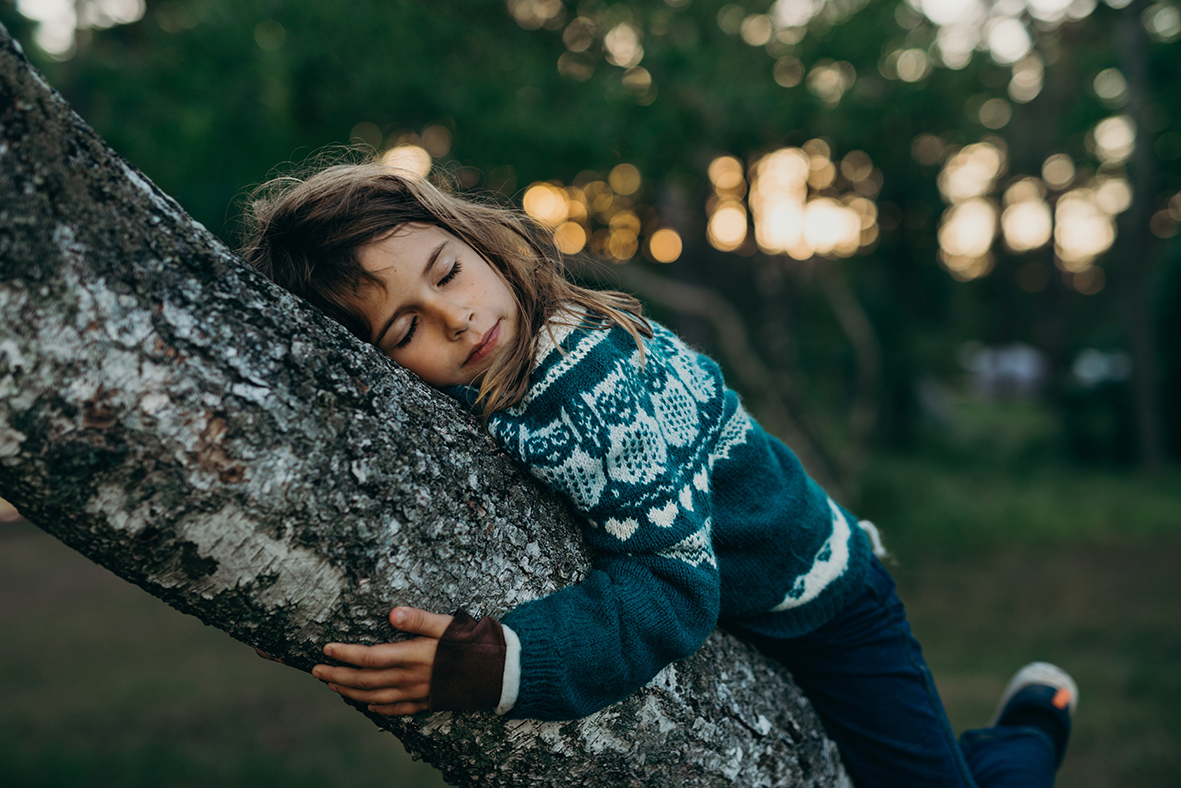
Sarah Pletts is a Grief Tender and Artist who offers workshops, sharing rituals where grief on all themes is welcome. She has a close relationship with local urban wildlife, and chosen family in Hackney, London. For more information about Grief Tending events see here. For a review by Sarah of the film ‘A New Kind of Wilderness’ see here.



